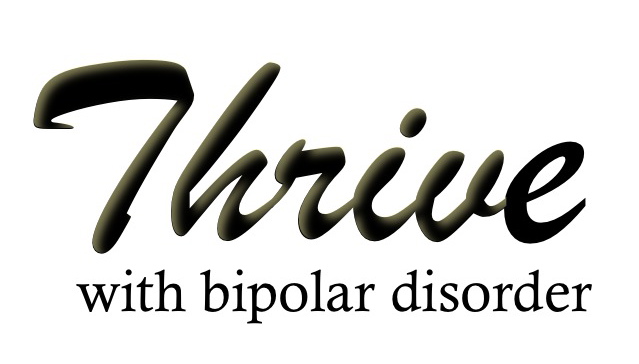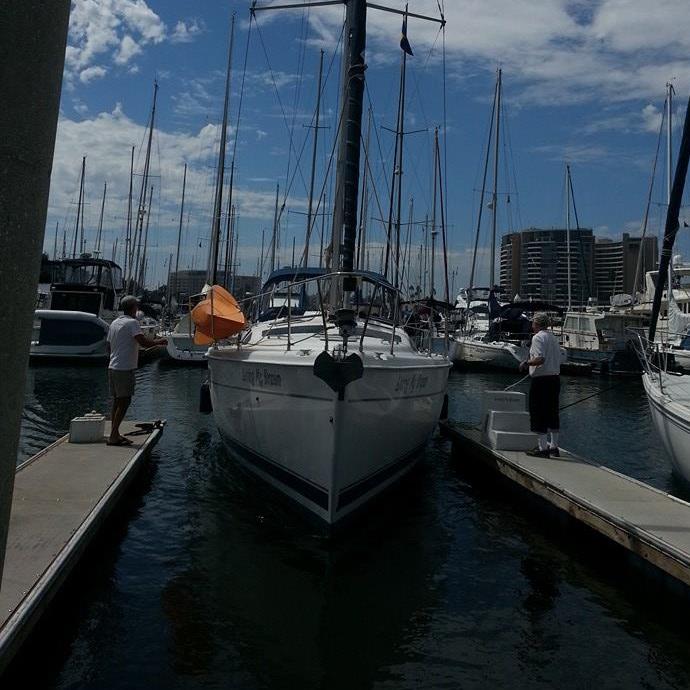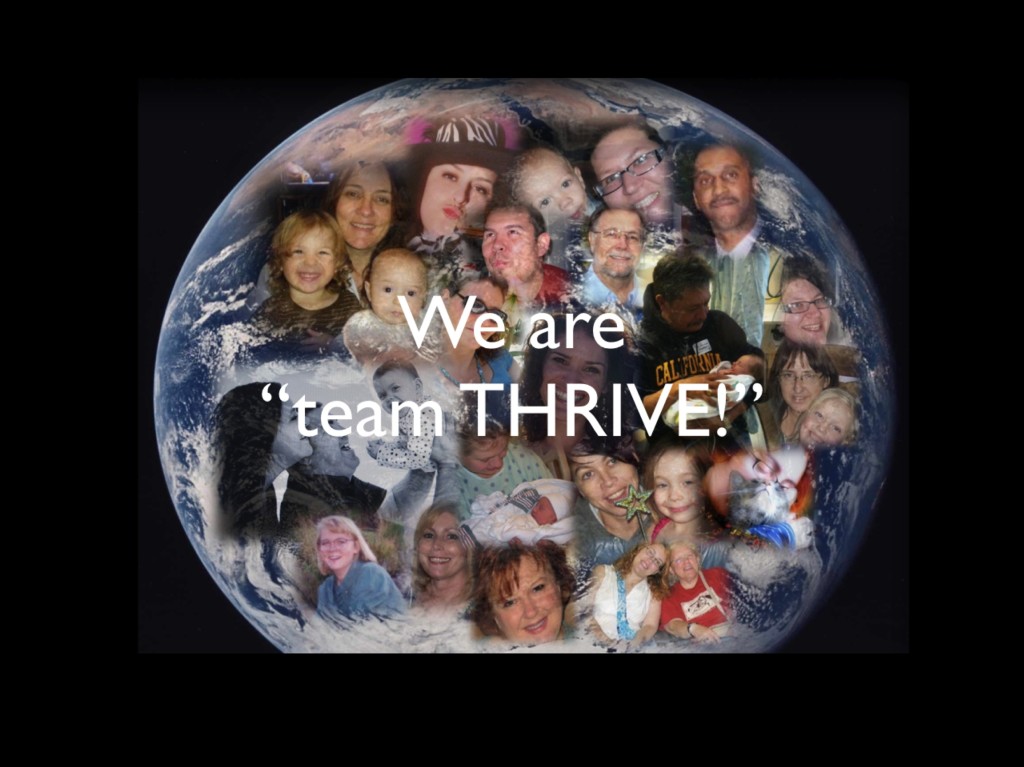In spite of change being the only constant in life it is very common that people seek out stability, predictability and the need for things to stay the same.
When things don’t stay the same, we panic, we’re overwhelmed, we’re anxious, we have episodes of depression, mania…etc. Trying to stay the same leads to being crazy, nuts and mentally ill.
There is humor in our need for constant stability and predictability in a constantly changing world, but its very hard to laugh at ourselves when we’re overwhelmed by the terror of change.
Anytime we get upset with someone over anything, we are resisting change.
Here are ideas to overcome our fear of change:
Step 1: Notice Ways You Resist Change.
I am upset about _____________.
I am defending and protecting myself from ______________.
I don’t want to change _______________.
I’m scared of ______________.
I refuse to see ______________.
I don’t want to see it because if I were to see it then I’d have to do _________.
I really don’t want to do __________ because then I’d have more ___________.
I don’t want more __________ because having more __________ says about me that I’m ____________.
If I’m ___________ then I feel ____________.
If I feel ____________ then _____________ will happen to me.
Step 2: Acceptance of the Outcome of Resistance.
The world does not come to an end if I feel ______________.
Nothing changes if I fail at _______________.
If I have more ________________ I’ll be just fine.
The consequences of not changing are __________________.
Step 3: Humor About Resistance
It’s pretty funny that I’ve resisted ______________ for so long.
I made _____________ so scary when its really only ______________.
I don’t like ______________ because then I have to do ________________ and feel ____________.
The reality is feeling ______________ and doing _______________ is actually good.
Step 4: Finding Joy in Change
I’m looking forward to _______________.
What I see for myself is a better quality of life with ________________.
My relationships will be more ___________________.
My work will be more ____________________.
My fun/relaxing time will be more ________________.
I’ll get to be/do _________________.
Step 5: Putting Change Into Action
The next best step in creating this change is ________________.
I will do this step by this time TODAY _________________.
Other steps I will take towards this change are ____________ ____________ ___________.
I will do them by this time _______________.
It is so important to both find your joy and commit to when you will take action steps toward the change you are actively participating in your life. By finding your joy and taking action, you overcome fear.























